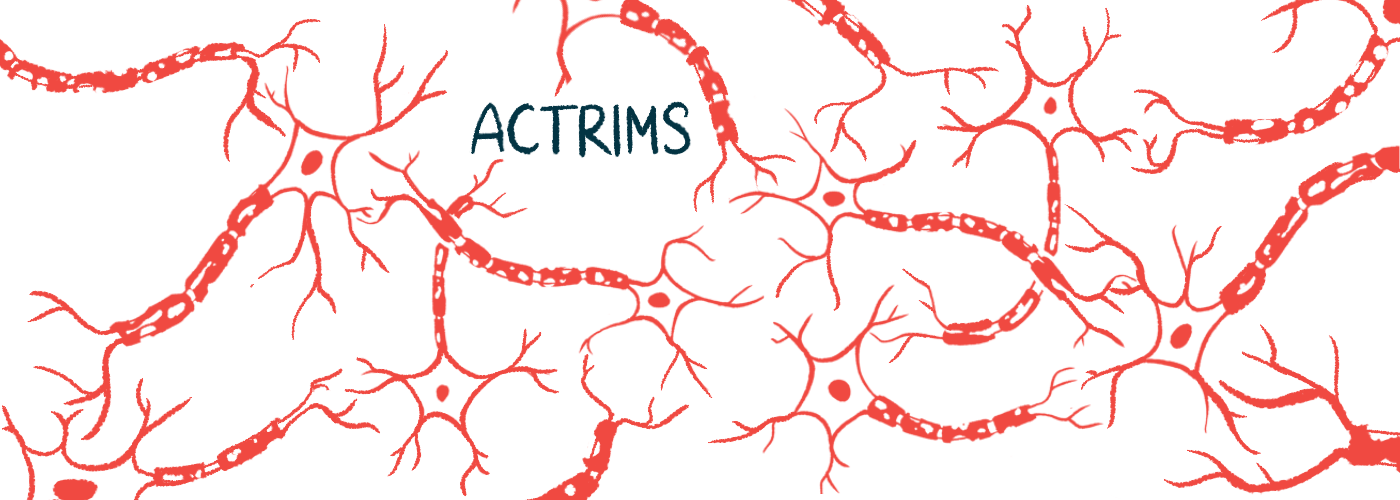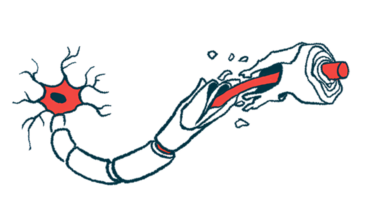ACTRIMS 2024: 2 treatments to aid remyelination near clinical trials
CVL-1001 inhibits EBP protein, while CVL-2001 blocks the activity of CYP51

Convelo Therapeutics is developing two experimental oral treatments to promote myelin repair in multiple sclerosis (MS) and both have shown promise in preclinical models.
The company is in the final stages of safety studies in large animals. Once those studies are done, it plans to start studies that support regulatory applications to move the treatments toward clinical trials, according to Brad Lang, Convelo’s vice president of research.
Lang discussed the development of the new treatment candidates at the Americas Committee for Treatment and Research in Multiple Sclerosis (ACTRIMS) Forum 2024, which was held last week virtually and in Florida, in a talk titled “Identification of CVL-1001 and CVL-2001 as Selective Brain Penetrant Therapeutics for Enhanced Remyelination.”
In MS, inflammation in the brain and spinal cord damages the myelin sheath, a fatty covering that surrounds nerve fibers and helps them send electrical signals. Myelin damage (demyelination) and the neurological dysfunction that results give rise to MS symptoms.
There are more than 20 approved treatments for MS, but most work to reduce inflammation. No treatment has been proven to promote myelin repair or remyelination.
Convelo was started in 2017 after its founders discovered most drugs with some remyelination potential were accidentally targeting enzymes involved in the molecular pathway that cells use to manufacture cholesterol, an important component of myelin.
Promoting remyelination as treatment for MS
Targeting these enzymes also promoted the differentiation or activation of oligodendrocytes, the brain cells chiefly responsible for making and repairing myelin.
Based on the findings, researchers at Convelo have been working to find treatments to promote remyelination by blocking one of two proteins, CYP51 and EBP.
“Convelo leveraged these key findings and built a pharmacology engine and an extensive medicinal chemistry pipeline with the goal of designing safe, effective inhibitors of either CYP51 or EBP,” Lang said, adding the goal is “to accelerate the differentiation of the mature oligodendrocyte, and thus increase remyelination.”
Convelo’s investigations have produced two new therapeutic candidates: CVL-1001, which inhibits EBP, and CVL-2001, which blocks the activity of CYP51. Both are orally available, with pharmacological properties that make them well suited as a once-daily drug, Lang said.
Experiments in lab models have so far been promising. Research using human cells arranged in a three dimensional structure that resembled a mini-brain showed both therapies could promote the differentiation of oligodendrocytes as designed.
In a rodent model where myelin damage is triggered by injecting a toxic molecule into the spinal cord, treatment with either therapy led to significant increases in remyelination by about 50% at the most effective doses. Because this model is done by injecting a small amount of detergent that affects only a very specific region of the spinal cord, it has no “real functional consequences on animals,” Lang said.
But the researchers have also tested on with mice with experimental autoimmune encephalomyelitis (EAE), a lab-induced immune disease commonly used to model MS, which indicated both treatments can reduce disease severity, Lang said. “We have designed novel, on-target, and safe chemical matter with strong drug-like properties which are both efficacious in rodent and human systems,” he said.
Note: The Multiple Sclerosis News Today team is providing coverage of the ACTRIMS Forum 2024 Feb. 29-March 2. Go here to see the latest stories from the conference.







